
How bad can it really be?
Customer reviews are the lifeblood of shopping on Amazon, but because of their importance they’re also highly susceptible to tampering. So, to get a better sense of how far we can truly trust these ratings of one to five stars, our reporters sometimes go slumming in the one-star bin.
This time Masanuki Sunakoma took the plunge and bought an alarm clock from Amazon Japan that had an average rating of 1.1 stars based on 12 reviews as of this writing. Generally, if just one or two people give something a bad review, there’s still a fair chance that it’s just misunderstood, but when 12 people are saying a product sucks it certainly seems like that’s the case.
The box had “Cover” printed on it in a subtly sophisticated style. The calm package design gave the feeling of a high-end electronics product, and suddenly made the price of 2,599 yen ($23) seem not so steep.
Also, inside the box where two AAA batteries, which was a nice touch in this batteries-not-included world.
Masanuki then reached in and pulled out his new alarm clock…which was a big red button.
This actually wasn’t a surprise since he could see the product before buying. This item is labeled as a “time signal device” to be used by the elderly and visually impaired. In that way it sounds like a pretty good idea as a clock that literally tells the time, and is even good for those chronic over-sleepers too tired to open their eyes to know the time.
However, that’s where the problems begin. According to the reviews, this clock’s Japanese is “clumsy” and “hard to understand” which is really the worst problem you can have for a voice-based clock.
But to find out the truth, Masanuki would first have to set this clock. This works by a simple two-button process. A tiny button near the battery compartment switches between hours, minutes, years, months, days, alarm hours, alarm minutes, and a toggle to set the alarm on or off. The main red button is then used to set the number for each category by pressing it that number of times.
▼ We highlighted the setting button with a red square
This is all very easy in theory, but in practice it can be quite maddening. Masanuki was just lucky he wasn’t setting it at 11:59 p.m. on 31 December.
▼ The clock setting process
That was a bit of a hassle, but considering the clock was intended to be used as an audio interface, there probably weren’t many other options. While watching the above video, those familiar with spoken Japanese might have noticed that the voice had a certain accent to it, possibly Chinese.
According to the box the clock was made in China, so that was likely the case. Still, with all the available computerized voices out there, it’s interesting that they sold a clock that spoke Japanese with a fairly heavy Chinese accent.
Once it was set up, Masanuki took it for a test drive.
He pressed the big red button once like a contestant on a quiz show.
“The…time…now…is…one…fif…ty…two…minutes…p.m.”
Pressing the button once again soon after will make it say the date.
“The…current…date…is…October…twentieth…Wednesday…”
▼ The time-telling process
There technically wasn’t anything wrong with what the clock said, but Masanuki could kind of see why some people might have trouble with the stilted delivery and accent. Still, he could see himself getting used to it just fine, and when he closes his eyes he could feel like he was in China.
The oddest idiosyncrasy is that the voice designates the minutes as “minutes” but doesn’t say anything for the hours. This can cause some utterances that might cause a double-take, like how “seven fifty-two minutes” could be interpreted as “7:52” or “752 minutes.” It’s a little more confusing in the Japanese numbering system, but still isn’t horribly hard to understand. However, considering the role of this clock, it’d probably be much better without this way of speaking.
A more pressing problem for Masanuki was that when you remove the batteries, the memory completely resets and you have to set the time all over again. He wasn’t sure if that was a common problem with most alarm clocks, but it was really compounded with this one, given how tiresome the setting process is.
In conclusion, it certainly is a product with some rough patches. Especially given the number of readily available and affordable professional voice actors in Japan, there really isn’t much of an excuse not to invest in a good voice for a clock that does nothing but talk.
Still, there’s a bright side to everything and this clock does have the ability to magically whisk you away to a Beijing hotel, and just in time for next year’s Olympics!
Related: Amazon Japan
Photos © SoraNews24
● Want to hear about SoraNews24’s latest articles as soon as they’re published? Follow us on Facebook and Twitter!
[ Read in Japanese ]



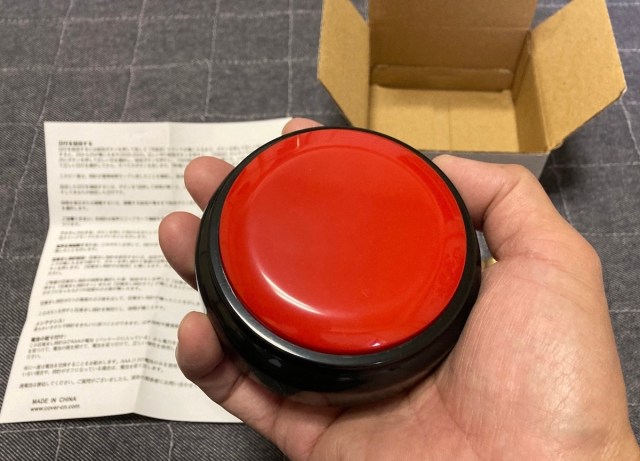
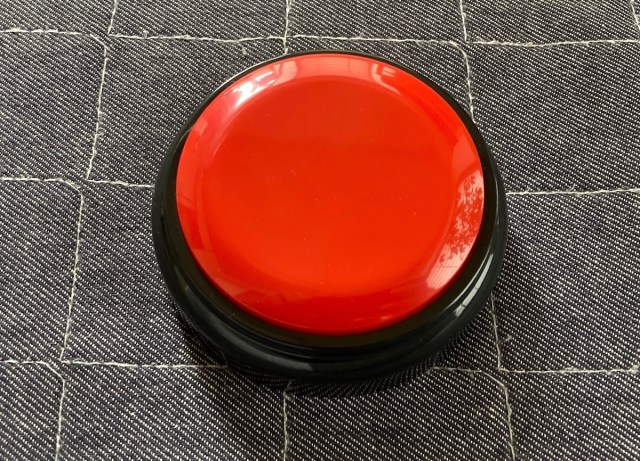
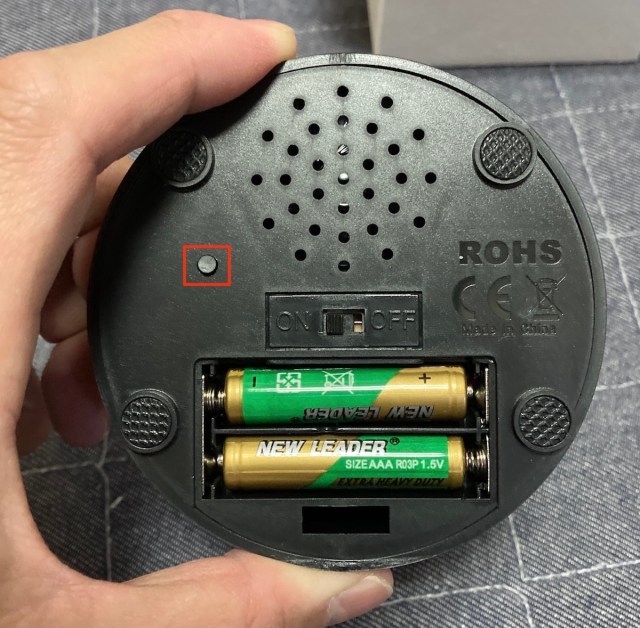
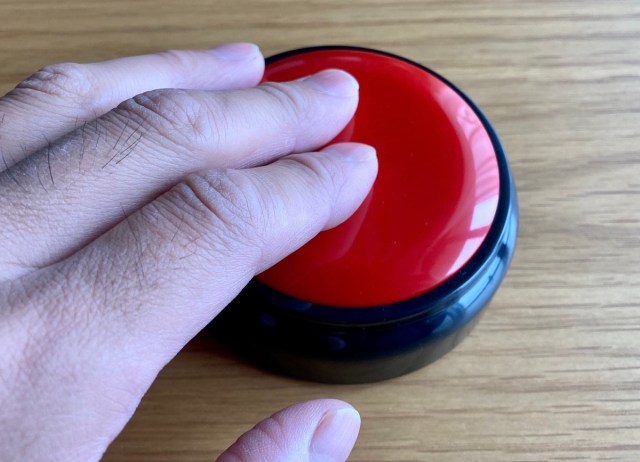
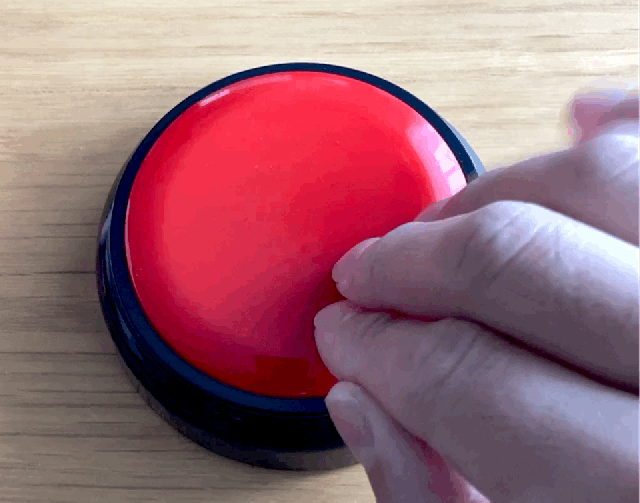
 We try Amazon Japan’s lowest rated portable washing machine
We try Amazon Japan’s lowest rated portable washing machine It’s a race against time with Amazon Japan’s lowest-rated hourglass
It’s a race against time with Amazon Japan’s lowest-rated hourglass We buy the lowest-rated sexy pillow on Amazon Japan
We buy the lowest-rated sexy pillow on Amazon Japan We buy Amazon Japan’s lowest-rated perpetual motion machine
We buy Amazon Japan’s lowest-rated perpetual motion machine We buy Amazon’s lowest-rated smartphone “Eye-view Camera Hat” for easy, hands-free videography
We buy Amazon’s lowest-rated smartphone “Eye-view Camera Hat” for easy, hands-free videography Japanese beef bowl chain Sukiya’s 2026 Smile Box lucky bag basically pays for itself
Japanese beef bowl chain Sukiya’s 2026 Smile Box lucky bag basically pays for itself Should you dip your cake in sake? One Japanese brewer says no, but actually yes【 Taste test】
Should you dip your cake in sake? One Japanese brewer says no, but actually yes【 Taste test】 Four Shinto shrines to pray for love at in Japan to start the New Year
Four Shinto shrines to pray for love at in Japan to start the New Year Majority of Japanese mayors say foreign residents are essential but most see good and bad effects
Majority of Japanese mayors say foreign residents are essential but most see good and bad effects Design-your-own-Pokémon-T-shirt service launches at Uniqlo, dozens of species to work with【Pics】
Design-your-own-Pokémon-T-shirt service launches at Uniqlo, dozens of species to work with【Pics】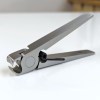 Expensive Japanese nail clippers: Are they worth it?
Expensive Japanese nail clippers: Are they worth it? Nintendo’s crazy new Ring-Con and RingFit Adventure are its new exercise/gaming hybrid【Video】
Nintendo’s crazy new Ring-Con and RingFit Adventure are its new exercise/gaming hybrid【Video】 How to get all-you-can eat doughnuts at Mister Donut for just 12 bucks!
How to get all-you-can eat doughnuts at Mister Donut for just 12 bucks! There’s a Japanese-style spaghetti chain Mr. Sato’s been skipping for years, but that ends today
There’s a Japanese-style spaghetti chain Mr. Sato’s been skipping for years, but that ends today Mr. Sato visits newly opened gyoza restaurant, stuffs himself full of delectable dumplings
Mr. Sato visits newly opened gyoza restaurant, stuffs himself full of delectable dumplings Starbucks Japan ready to get Year of the Horse started with adorable drinkware and plushies【Pics】
Starbucks Japan ready to get Year of the Horse started with adorable drinkware and plushies【Pics】 Hayao Miyazaki says Happy New Year to Studio Ghibli fans with new art for Year of the Horse
Hayao Miyazaki says Happy New Year to Studio Ghibli fans with new art for Year of the Horse 7 great places to see Mt. Fuji from without having to climb it
7 great places to see Mt. Fuji from without having to climb it We found possibly the quietest Japanese-style hotel in Tokyo’s bustling Shinjuku district
We found possibly the quietest Japanese-style hotel in Tokyo’s bustling Shinjuku district Cup Noodle tries an authentic Jiro-style ramen, but something’s not quite right
Cup Noodle tries an authentic Jiro-style ramen, but something’s not quite right Hello Kitty Choco Egg figures are an adorable trip through three periods of Japanese pop culture【Pics】
Hello Kitty Choco Egg figures are an adorable trip through three periods of Japanese pop culture【Pics】 Japan’s oldest largetooth sawfish in captivity back on display in Mie Prefecture
Japan’s oldest largetooth sawfish in captivity back on display in Mie Prefecture Cyberpunk anime meets traditional culture in Ghost in the Shell gold leaf Japanese changing screens
Cyberpunk anime meets traditional culture in Ghost in the Shell gold leaf Japanese changing screens The best Starbucks Japan Frappuccinos we want to drink again in 2026
The best Starbucks Japan Frappuccinos we want to drink again in 2026 We revisited Sweets Paradise after a decade to see if Japan’s dessert buffet still delivers
We revisited Sweets Paradise after a decade to see if Japan’s dessert buffet still delivers 7-Eleven Japan starts new temporary luggage storage service in over 300 branches
7-Eleven Japan starts new temporary luggage storage service in over 300 branches Disillusionment at Tsukiji’s tourist-target prices led us to a great ramen restaurant in Tokyo
Disillusionment at Tsukiji’s tourist-target prices led us to a great ramen restaurant in Tokyo Starbucks teams up with 166-year-old Kyoto doll maker for Year of the Horse decorations【Photos】
Starbucks teams up with 166-year-old Kyoto doll maker for Year of the Horse decorations【Photos】 Tokyo considering law requiring more trash cans following litter increase in heavily touristed area
Tokyo considering law requiring more trash cans following litter increase in heavily touristed area Tokyo’s Tsukiji sushi neighborhood asks tour groups to stay away for the rest of the month
Tokyo’s Tsukiji sushi neighborhood asks tour groups to stay away for the rest of the month Tokyo event lets you travel back in time, for free, to celebrate 100 years since Showa era start
Tokyo event lets you travel back in time, for free, to celebrate 100 years since Showa era start Sanrio theme park in Japan announces plans to expand into a Sanrio resort
Sanrio theme park in Japan announces plans to expand into a Sanrio resort Japan may add Japanese language proficiency, lifestyle classes to permanent foreign resident requirements
Japan may add Japanese language proficiency, lifestyle classes to permanent foreign resident requirements Stamina-destroying “Paralysis Noodles” are Tokyo’s newest over-the-top ramen innovation
Stamina-destroying “Paralysis Noodles” are Tokyo’s newest over-the-top ramen innovation Survey asks foreign tourists what bothered them in Japan, more than half gave same answer
Survey asks foreign tourists what bothered them in Japan, more than half gave same answer Japan’s human washing machines will go on sale to general public, demos to be held in Tokyo
Japan’s human washing machines will go on sale to general public, demos to be held in Tokyo Japan’s deadliest food claims more victims, but why do people keep eating it for New Year’s?
Japan’s deadliest food claims more victims, but why do people keep eating it for New Year’s? We deeply regret going into this tunnel on our walk in the mountains of Japan
We deeply regret going into this tunnel on our walk in the mountains of Japan Studio Ghibli releases Kodama forest spirits from Princess Mononoke to light up your home
Studio Ghibli releases Kodama forest spirits from Princess Mononoke to light up your home Major Japanese hotel chain says reservations via overseas booking sites may not be valid
Major Japanese hotel chain says reservations via overseas booking sites may not be valid Put sesame oil in your coffee? Japanese maker says it’s the best way to start your day【Taste test】
Put sesame oil in your coffee? Japanese maker says it’s the best way to start your day【Taste test】 No more using real katana for tourism activities, Japan’s National Police Agency says
No more using real katana for tourism activities, Japan’s National Police Agency says Starbucks Japan reveals new sakura drinkware collection, inspired by evening cherry blossoms
Starbucks Japan reveals new sakura drinkware collection, inspired by evening cherry blossoms Updated cherry blossom forecast shows extra-long sakura season for Japan this year
Updated cherry blossom forecast shows extra-long sakura season for Japan this year Trying out Amazon Japan’s lowest-rated fireworks with 60 consecutive shots
Trying out Amazon Japan’s lowest-rated fireworks with 60 consecutive shots Trying out Amazon Japan’s lowest rated magic wand
Trying out Amazon Japan’s lowest rated magic wand We try Amazon Japan’s lowest-rated ab roller with elbow supports, reviewed as “The literal worst”
We try Amazon Japan’s lowest-rated ab roller with elbow supports, reviewed as “The literal worst” Taking Amazon Japan’s lowest-rated light-up nunchucks out for a spin
Taking Amazon Japan’s lowest-rated light-up nunchucks out for a spin Putting on a magic show with Amazon Japan’s lowest rated magic props
Putting on a magic show with Amazon Japan’s lowest rated magic props Amazon Japan’s lowest-rated toy train is the perfect gift for kids who like to be confused
Amazon Japan’s lowest-rated toy train is the perfect gift for kids who like to be confused European and American Men’s Wig: the lowest-rated wig on Amazon Japan
European and American Men’s Wig: the lowest-rated wig on Amazon Japan We brave the winter with the lowest-rated gloves from Amazon Japan
We brave the winter with the lowest-rated gloves from Amazon Japan Trying out Amazon Japan’s lowest-rated wall decoration
Trying out Amazon Japan’s lowest-rated wall decoration We try Amazon’s lowest rated posing mannequin, but it wasn’t the doll that was one star
We try Amazon’s lowest rated posing mannequin, but it wasn’t the doll that was one star Testing Amazon Japan’s lowest-rated Screaming Pot【Video】
Testing Amazon Japan’s lowest-rated Screaming Pot【Video】 Can Amazon Japan’s low-rated clothes drying bag save us in a pinch?
Can Amazon Japan’s low-rated clothes drying bag save us in a pinch? A look inside Amazon Japan’s lowest-rated lucky bag
A look inside Amazon Japan’s lowest-rated lucky bag Amazon Japan’s lowest-rated beckoning cat good luck charm is full of lies, might be cursed【Pics】
Amazon Japan’s lowest-rated beckoning cat good luck charm is full of lies, might be cursed【Pics】 Check out this awesome Dragon Ball alarm clock of olden days, preserved in all its ’90s glory
Check out this awesome Dragon Ball alarm clock of olden days, preserved in all its ’90s glory
Leave a Reply